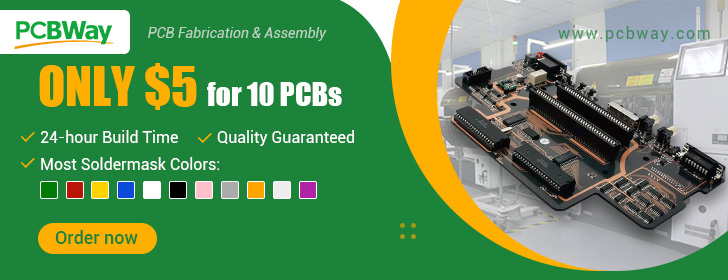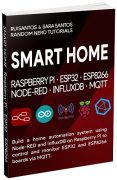This post shows how to export your Node-RED Nodes.
This is useful if you need to:
- Backup your Node-RED flow
- Move your flow to another Raspberry Pi (or machine)
- Share your Node-RED project with others
Example
Imagine that you had the following nodes in your flow:

You would need to click the deploy button on the top-right corner to save your application.
![]()
Then you would select with your mouse all the nodes that you wish to export and they would be highlighted in orange (as shown below):

Exporting
Now with the nodes highlighted, you open the top Menu, go to Export and select Clipboard.

A new window opens. Copy the text that appears and save it.

This is how the text looks for the flow demonstrated in this example:
[{"id":"b9884d5c.5211e","type":"inject","z":"2a15e348.a7c6dc",
"name":"","topic":"","payload":"hi","payloadType":"str","repeat"
:"","crontab":"","once":false,"x":294,"y":123,"wires":[["cb6af
000.5a3e6"]]},{"id":"cb6af000.5a3e6","type":"debug","z":"2a15e
348.a7c6dc","name":"","active":true,"console":"false","complet
e":"false","x":447,"y":123,"wires":[]}]
Importing
Now you could go to another Raspberry Pi or a machine that has Node-RED installed and you could simply import your flow.
You only have to go to the Import menu and paste your nodes in text format (as show below).

Important: If you have previously installed extra nodes (for example Node-RED Dashboard), you’ll also have to install those nodes in your new machine, otherwise the Import process will not work.








I want to save quite ofter as a backup, so I optimized the save process. Create a bookmarklet with this URL, and run it once every session. This creates the new button “Save to file”. Enjoy it.
Here’s the code: javascript:(function(){ $(‘#clipboard-dialog-copy’).after(‘Save to file’); $(‘#exportToFileButton’).click(function() { var uri = ‘data:text/csv;charset=utf-8,’ + escape($(‘#clipboard-export’).val()); var fileName = JSON.parse($(‘#clipboard-export’).val())[0].label; var linkField = document.createElement(“a”); linkField.href = uri; linkField.style = “visibility:hidden”; linkField.download = fileName + “.json”; document.body.appendChild(linkField); linkField.click(); document.body.removeChild(linkField); }); })();
Thanks for this.
Note that in addition to selecting with your mouse all the nodes that you wish to export, as suggested, you can hit Ctrl+A to select all.
Excellent,
as usual!!
Some of the above info I did not even find in the official node-red dokumemtation.
Please continue your (Sara&Rui) articles.
Klaus
You’re welcome! 😀
I just found this but sure wish I did a year ago!! I stupidly never made any back ups when I built my “garage automation” project and my sd card got corrupted!!! I lost it all!!
I’m here again rebuilding the whole thing. It’s fun again taking the home automation course all over but lots of work! Hard to remember how I had it all set up. If I knew of saving the nodes, it would have been a breeze!
I will be saving my node red as well as making a back up of the whole card! (belt and suspenders approach)
Any tutorials here on backing up the micro SD card?? That’ s my next learning project. 🙂
Thank you for all the FANTASTIC tutorials!!!
Bob
Hi.
Thanks.
At the moment, we don’t have any tutorials about backing up the Rpi microSD card.
But, with a quick google search, you’ll find that information.
Regards,
Sara
The manual way: /Accessories/SD Card Copier takes copy of the current SD card that the Pi is running from and creates a bootable copy on a USB-SD adapter without interrupting the Pi.
If/when the running SD card gets corrupted, just power down and insert the copy instead and you are up and running again.